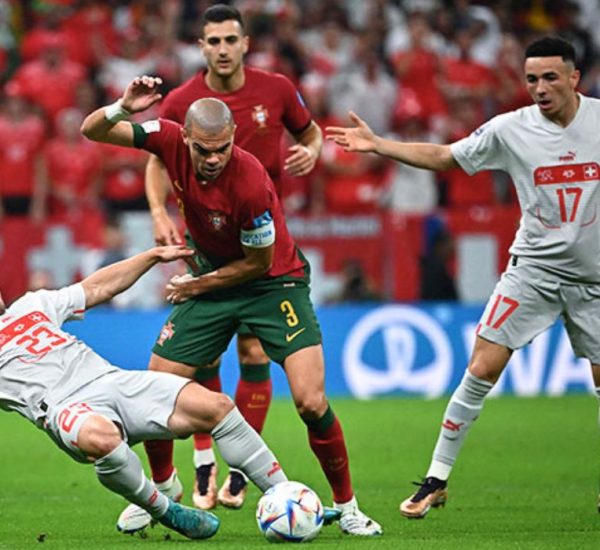Number 10 in Soccer: Soccer has a rich and complex history spanning centuries. It’s a game of goals, passes, tactics, and a sport steeped in tradition and symbolism. One such tradition centers around the iconic number 10 jersey.
This jersey number has become synonymous with greatness, worn by many of the world’s most skillful and influential players. But why has the number 10 become so significant in soccer?
Let’s dive deep into its fascinating history and understand the factors contributing to its iconic status.
Historical Background
The significance of the number 10 in soccer originated from the traditional 4-4-2 formation, widely used in soccer’s early days. The players were numbered 1 to 11, with the goalkeeper as number 1 and the rest of the positions following in a specific sequence. In this formation, the number 10 was usually assigned to the team’s primary playmaker or attacking midfielder.
However, the real gravitas of the number 10 emerged in the 1950s and 1960s with the advent of the 4-2-4 and the 4-3-3 formations. The number 10 player was typically positioned behind the strikers, providing the crucial link between the midfield and the attack.
This role was best suited for technically gifted players who could dribble, pass, and create scoring opportunities, becoming the team’s offensive fulcrum.
Legacy of the Number 10
The reputation of the number 10 has been elevated by the legendary players who’ve donned this jersey. Icons like Pelé, Diego Maradona, Michel Platini, Johan Cruyff, Lionel Messi, Ronaldinho, and Zinedine Zidane have all worn the number 10.
These players embodied the essence of the number 10 – skillful, creative, visionary, and often the key to unlocking stubborn defenses.
The number 10 is often the team’s talisman, the player who steps up in pivotal moments. They have the vision to thread an impossible pass, the audacity to attempt an audacious shot, and the magic to dribble past multiple defenders. They often become synonymous with their teams and are the center of fans’ adoration.
Societal and Cultural Significance
The number 10 jersey is not just a symbol of skill and creativity on the pitch but has also permeated societal and cultural realms. Soccer fans worldwide understand the implicit meaning behind the number 10 – it represents excellence, dominance, and the embodiment of soccer magic.
In many cultures, the number 10 is seen as a symbol of perfection and completeness. In Christianity, it represents divine order and harmony, while in Chinese culture, it symbolizes perfection and balance.
The parallels between these cultural meanings and the characteristics of the number 10 player in soccer are noteworthy.
Changing Dynamics of the Number 10
The modern game of soccer has evolved, as has the role of the number 10. While the traditional “number 10 role” – a playmaker operating behind the strikers – is less prevalent today due to tactical shifts, the significance of the number hasn’t faded.
The evolution of tactics, including the rise of false nines, inverted wingers, and single-striker systems, has diversified the role of the number 10.
Modern players wearing the number 10 jersey, like Neymar, Luka Modrić, and Kylian Mbappe, while not always fitting the classic number 10 mold, continue to display the flair, creativity, and game-changing abilities associated with the iconic number.
Conclusion
The number 10 in soccer is more than just a number; it symbolizes excellence, creativity, and the beautiful game’s soul. It transcends mere sport, resonating with societal and cultural significance. Its legacy, reinforced by the soccer greats who’ve worn it, inspires the next generation of players.
No matter how the game evolves, the number 10 will continue to hold a special place in the heart of soccer.



